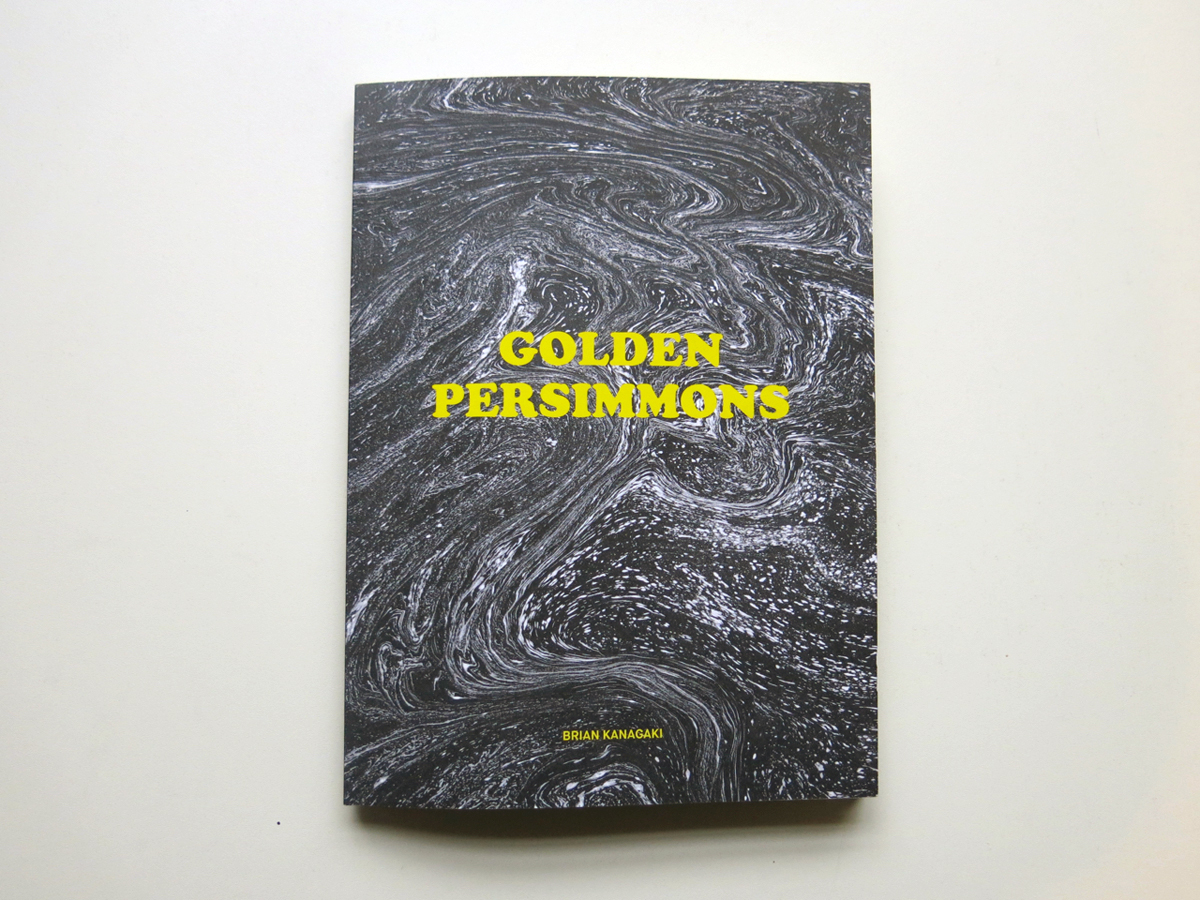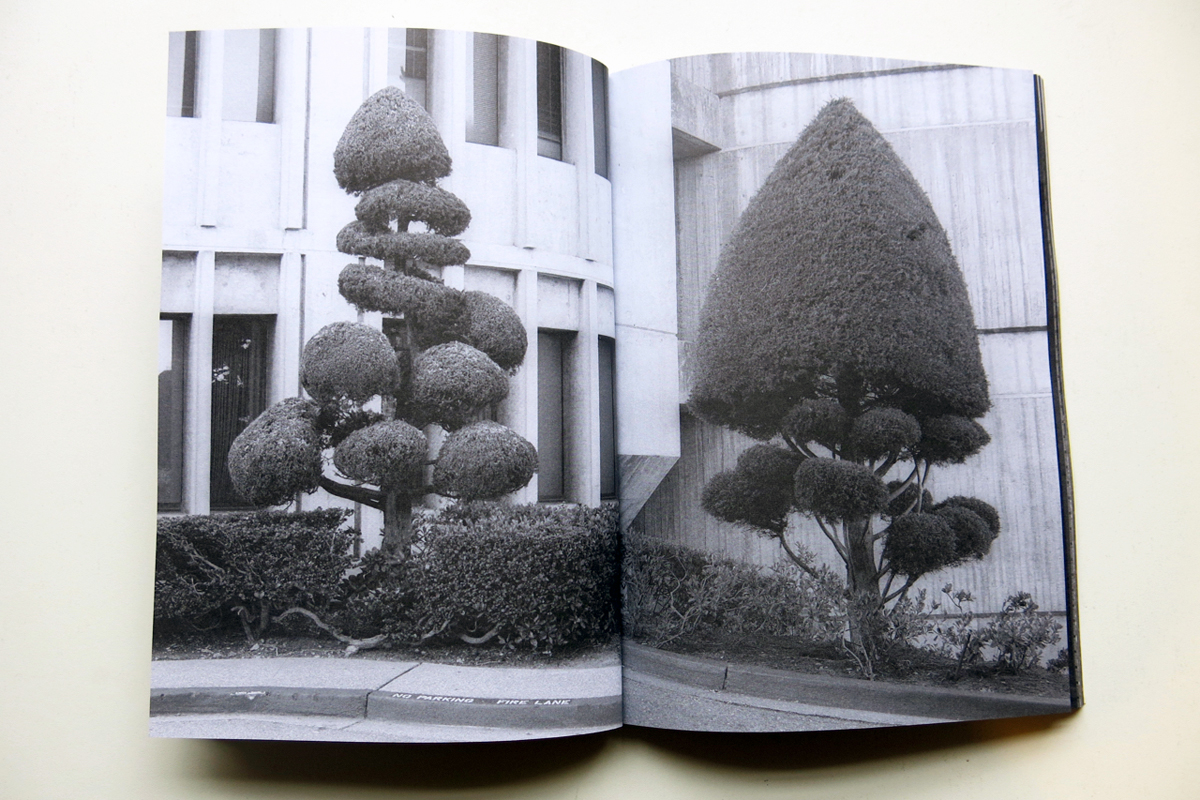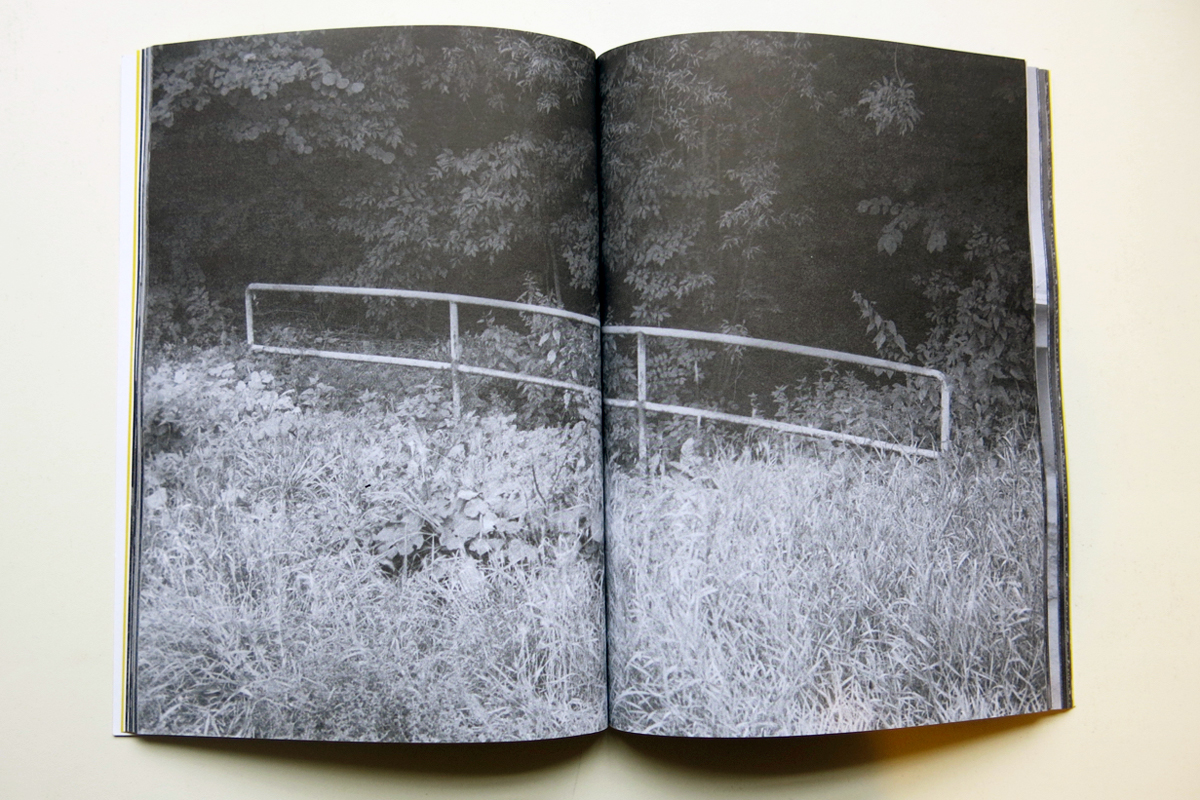Brian Kanagaki’s Golden Persimmons
A moody, sparse but engrossing book by the US-based photographer


Brian Kanagaki’s exhibition was one of the highlights of the recent Independent Photography Festival in London. There, the US-based photographer and musician showed works from “Golden Persimmons,” his new book just out from Perryman Press. Kanagaki’s beautiful images—shot in black and white—have a soft, enigmatic vibe; as if they were stills from a film you never watched. They range from the graphic pattern of a steel fence to the undulating shapes of topiaries—and they create eerie cityscapes devoid of people. Cool Hunting spoke with the artist about the book’s concept and his upcoming projects.

Tell us a bit about the work in Golden Persimmons—when did you take the photos, and where?
The project started three years ago when I was still living in San Francisco. I was driving back from the airport and tried taking a shortcut through the Sunset District and got lost. I had lived in San Francisco for about eight years at that time, and thought it was funny to get lost in a city that I thought I knew so well. I ended up just driving around and finding so many new things that got my mind working. One of the things that I noticed the most was all the decorative trees that people had in their yards, and the original idea was to document “every tree in the neighborhood.” Since then I only went back to that neighborhood one time, and the idea quickly evolved into something else. All in all, the book was shot over three years in eight different countries—USA, Australia, Austria, Japan, Russia, Ukraine, Germany and Belgium. The majority were taken in San Francisco and New York City.

What camera did you use?
I originally started shooting for the project with a Contax T2. I saw a lot of stuff that I really liked, but I wasn’t happy with all the photos that I was producing with that camera, so I went back and reshot as much as I could with my main camera, which is a Canon AE-1. It’s the camera I have had since high school and it’s still my go-to when shooting now. The main reason that I chose that camera was because, at the time, it was the only camera I had that wasn’t a range-finder. I also had a few lenses for it and I quickly realized that I needed to shoot almost exclusively with long lenses to get the shots that I wanted. I think almost every image was shot with a focal length of 105 or longer. This helped me isolate the subject and bring focus to the center of the image, as if I was shooting products or portraits.

A lot of the images are like snapshots of everyday life made beautiful. What is it about the surroundings you shoot that appeal to you?
That’s how I see it too, but instead of documenting the scene with the same urgency that you would a snapshot. I would study the area to make sure I could get the shot at the right time of day, with the right lighting and set-up. If you’ve noticed, almost all the photos were taken in cities but there are no people or cars in any of the shots. This was one of the hardest challenges.
They are almost like trophies to me; documentation of a once in a lifetime occurrence.
There were multiple photos that I went to and photographed three or four times to get the conditions right. Sometimes the lighting would be perfect, but there would be a car right in front of the tree, or with the photos of the bike racks, I would walk past those ever single day and there was always a bike there. The time I got the photo is still the only time I have seen them without bikes locked up. I really like the idea of chance and randomness, and so many of the photos in the book exist out of pure chance. That’s what excited me and appeals to me about them. They are almost like trophies to me; documentation of a once in a lifetime occurrence.

How come you decided to show the book in London, when you’re US-based?
Showing in London was kind of an end goal and somehow ended up happening first. Lola Paprocka and I have been friends for a few years now, and this year she organized the first IPF London. She asked if I wanted to launch my book in part with the photography festival. I thought that it was a crazy idea, but it worked out and the show was amazing. Really thankful for all her hard work with the show, she has been a great person to have on my team and she has supported me from the beginning.

You’re also in a band, does that have an influence on your photography?
I do play in a band, Loma Prieta. I think that being in a band that toured so much was a huge influence in my photography. Half of the book was shot in different countries, places that I wouldn’t have ever made it to on my own. But even though I use the band as the vehicle to take me to these places, photography is very much its own thing to me. Playing music is a great creative outlet to have, but it’s almost a team sport. I love that it’s collaborative but sometimes that’s also a hindrance. Photography is something that I can do that’s’ just me, and its for me.
“Golden Persimmons” is perfect bound, printed in an edition of 200 and available online for $30 or $100 for the special edition.
Red background images courtesy of Brian Kanagaki, all others by Cajsa Carlson












